Australian cricketing icon Jason Krejza walks us through the steps necessary to achieve a perfect leg spin bowl.
 The Grip
The Grip
1. Grip is as simple as “two finger’s up, two fingers down”. The ball should rest comfortably in the palm of your hand with your first and second finger resting on the seam, which is across your grip, rather than “upright” and your ring finger tucked up against the ball. Spin on the ball is created by the ring finger and wrist “flick” on release. The ring finger and the wrist can spin a ball powerfully when they act together.
Tip: Practise by spinning the ball to yourself, even trying to spin the ball back to you off the ground. Try to spin it every time you practise – this will help you find the way that you do it best and most comfortably. Throw the ball in the air using the leg-spin action and try to make it spin as much as you can. Do it with any round object you pick up, like an orange. After a while, the action, and controlling it, comes naturally.
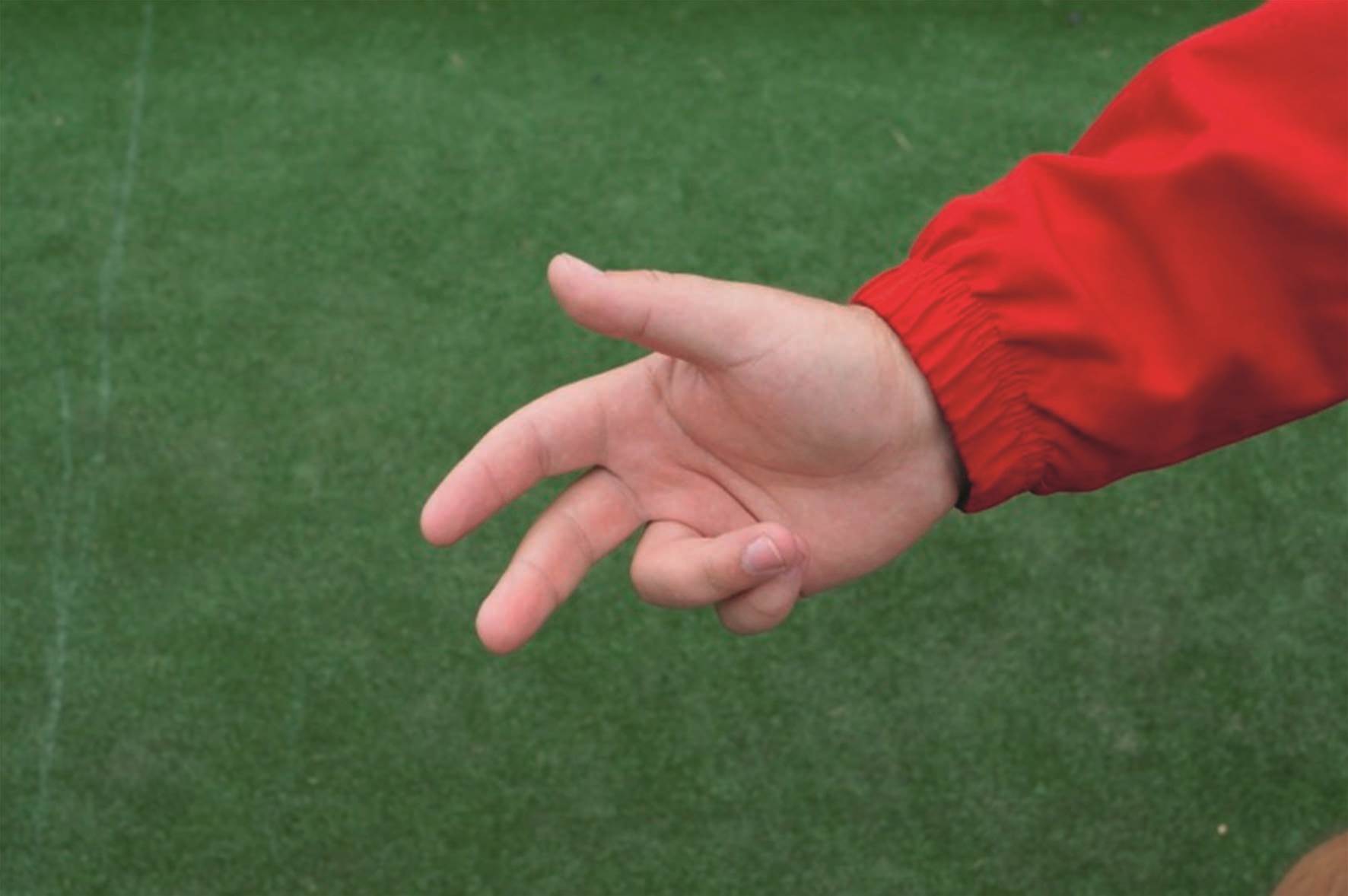
2. Have your wrist in a “cocked” position early so as not to rush anything in your action. As you jump into the delivery stride, your wrist should be cocked and up close to your chin/chest area. This is done to help start creating energy and get your arm into a position that starts the bowling action.
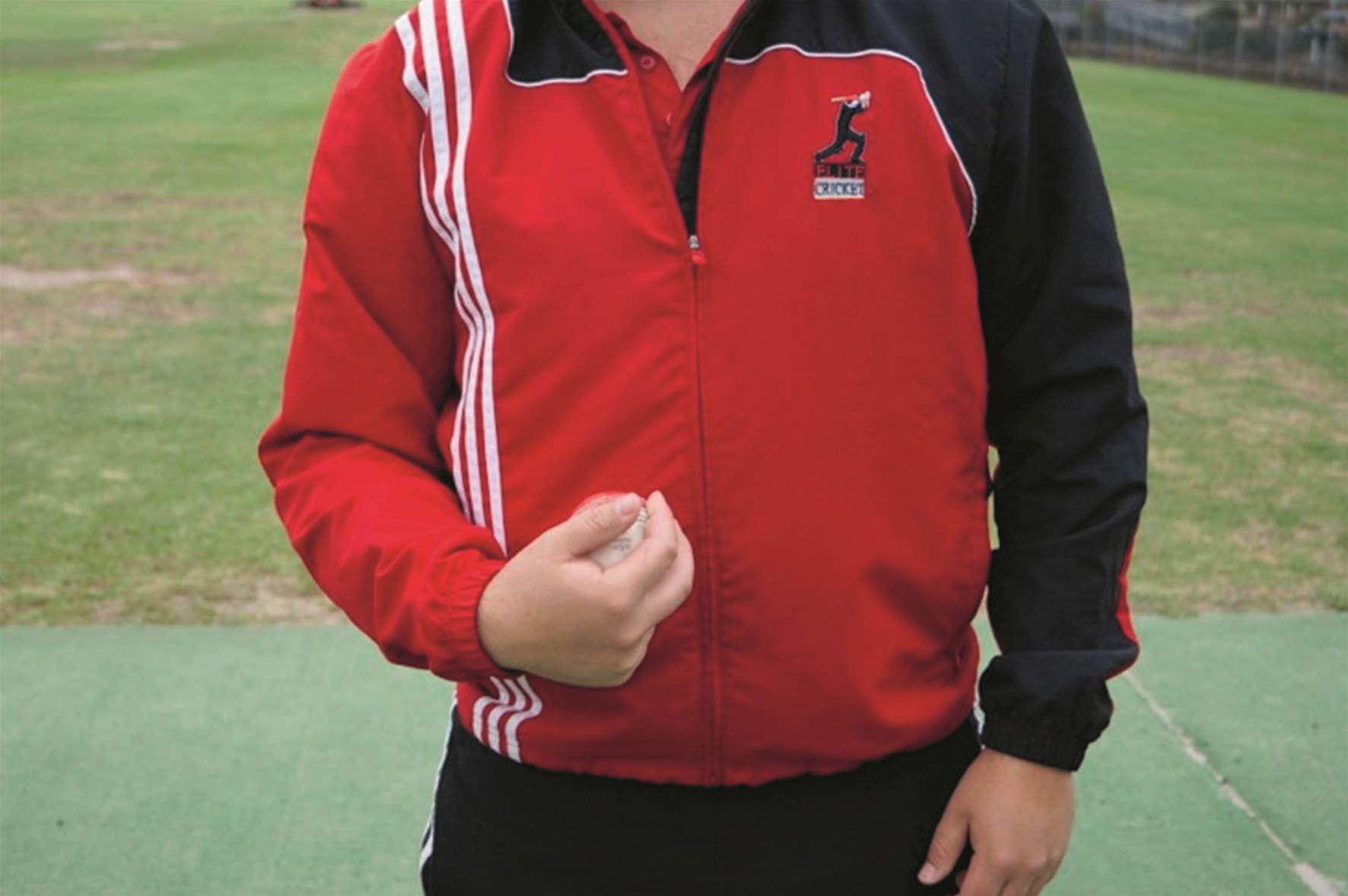
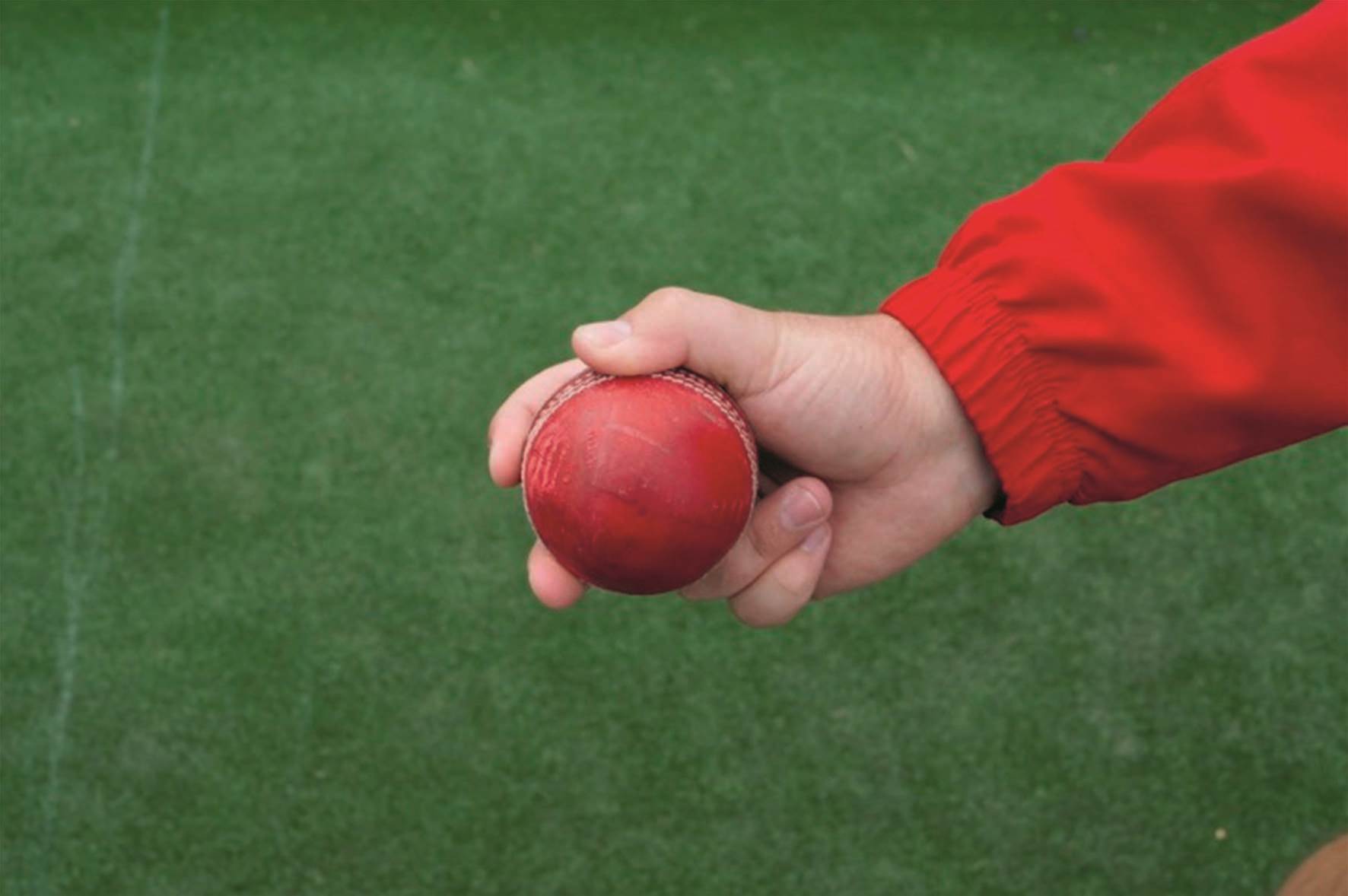
The Delivery
3. At this point, your front arm becomes the single most important part of your body. Reach up high straight up in front of yourself to lift your body up and really feel a stretch on your side. This will align you straight and in a balanced position. If your front arm is lazy and doesn’t reach high or doesn’t go straight, you will be lower at the crease and unable to get in a high, powerful bowling position. You can also “fall away” if you don’t reach straight, causing your body to fall to one side and make bowling straight harder.
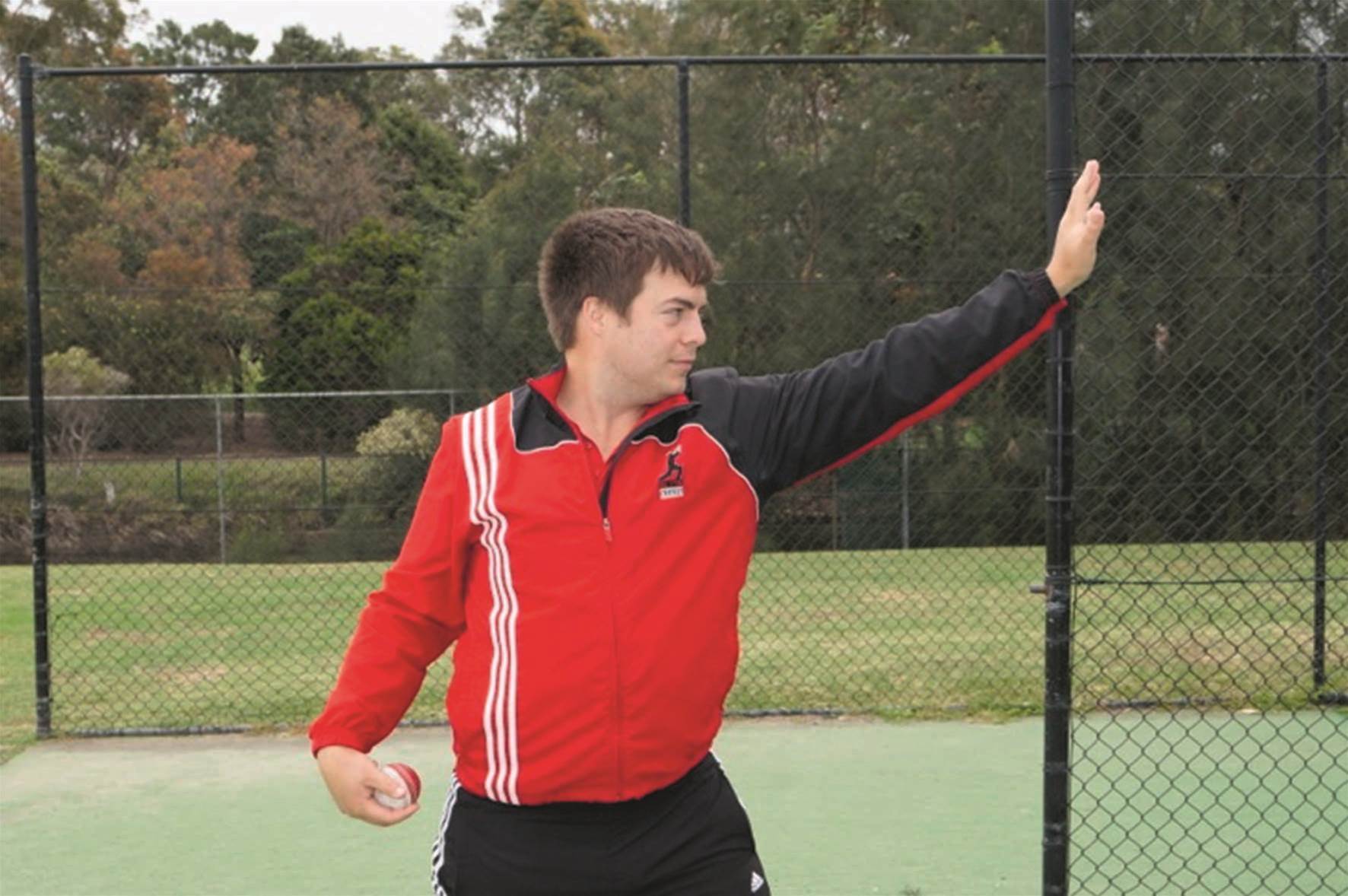
4. Reach out towards your target when you start your delivery – almost as if you are trying to bang the batter on the head with your fist. This begins pulling your body towards your target and aligning your shoulders and your body nice and straight.
5. Pull your arm into your side – almost like a fast bowler does – as your arm comes over to bowl the ball. This keeps your body tall and upright, rather than just falling to the side if you let it flop. Pull it in hard as it creates the power to bowl the ball.
6. Using the grip and the “flicking” action with ring finger and wrist, bring the arm over and spin the ball the same way. As you let the ball go, the fingers should naturally straighten or stretch out.
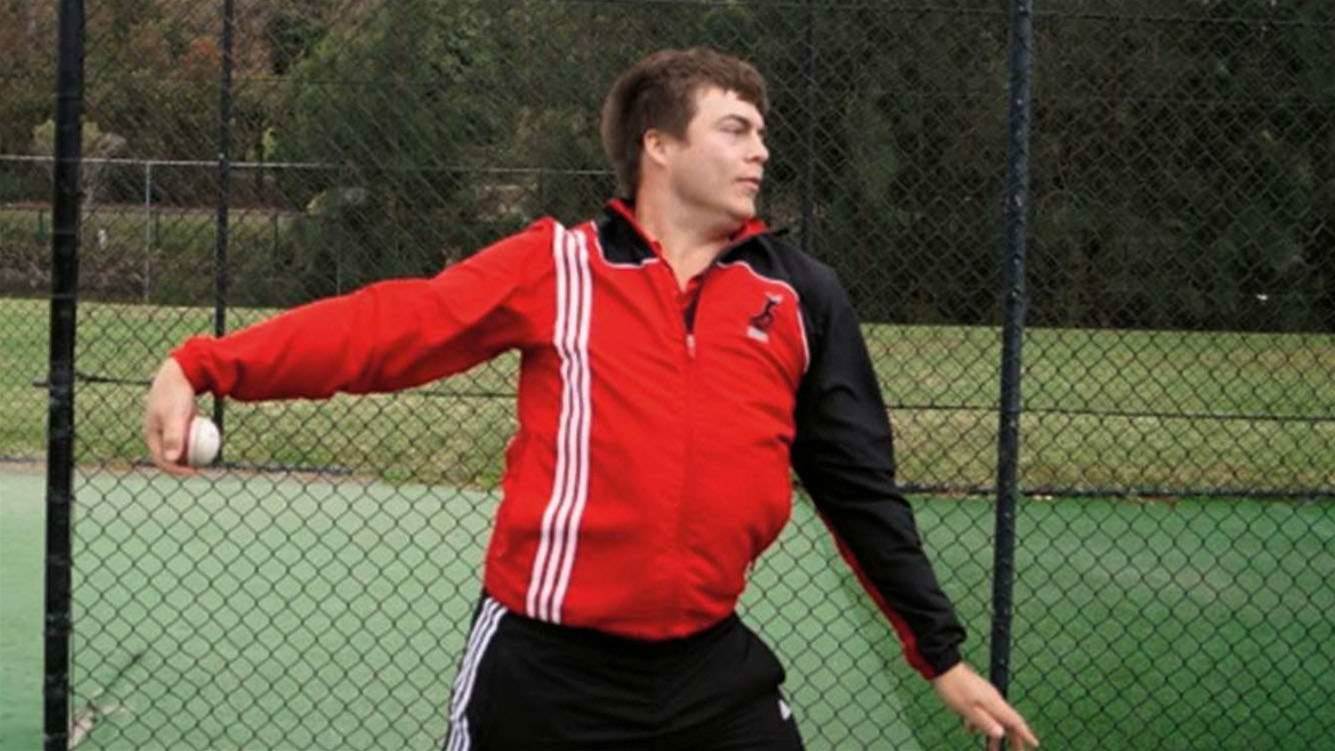
7. Pivot. As you release the ball, be aware of the way you pivot on your front foot. You should be up on the ball of that foot if you have some momentum up. The back knee then comes through.
8. Follow through! So many spinners forget to follow through; spinners are very powerful at the crease and put a big effort into spinning the ball, so follow through to continue your momentum and help finish off your action.
9. Be ready for the ball to come back to you after your follow through. YOU should be the best fielder when you are bowling, so be ready. This requires a hell of a lot of practice! Go to the nets with someone and use a tennis racquet and ball. Get them to whack your deliveries back to you, just as a batsman might on the field. It’s good fun and is a great way of training to become an awesome fielder off your own bowling.
The Tactics
Bowling to a right-hand batter, a leg spinner should look to land the ball in line with the stumps to make him play every ball. Tempt the batsman to hit against the spin. For example, with a right-hand leg spinner to a right-hand batter: tempt them to hit the ball through mid-wicket. This is harder to do than play with the spin; hitting against it can lead to inside or outside edges and the batsman to use only half the bat to hit the ball. This creates opportunities to take wickets and is harder to score from, so it becomes a run-saving tactic too. Don’t give up. Look to bowl the ball full so the batsman has to play off the front foot; a batter has much more time and has more scoring options off the back foot. Get them playing drives to create chances.
Try and hit the stumps with most of your deliveries. This makes the batsman play at every ball, makes it a risk to play shots and creates a wicket chance with every ball you bowl. Batsmen will look to defend balls that are hitting the stumps, so you are bowling balls that aren’t getting scored off.
Krejza applies his vast experience working with the world’s best players and coaches to his own coaching. Jason had a history-making Test debut when his 12 wickets for the match against India in 2010 included eight wickets in the first innings. For more information visit www.elitecricket.com.au
Related Articles

Luck of the Draw

Harman hails lookalike Ponting as 'handsome fella'













